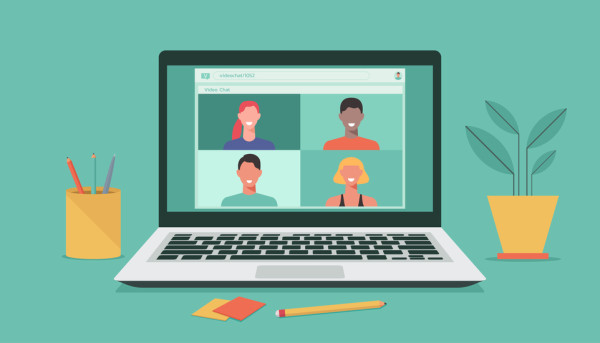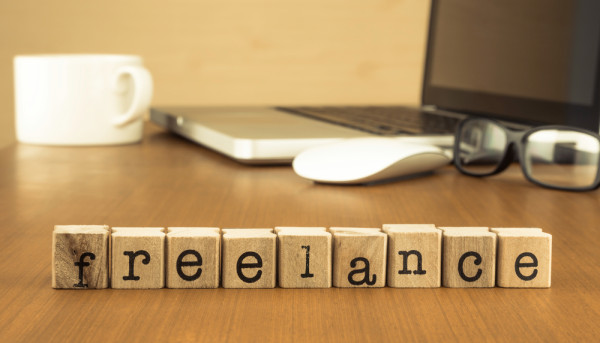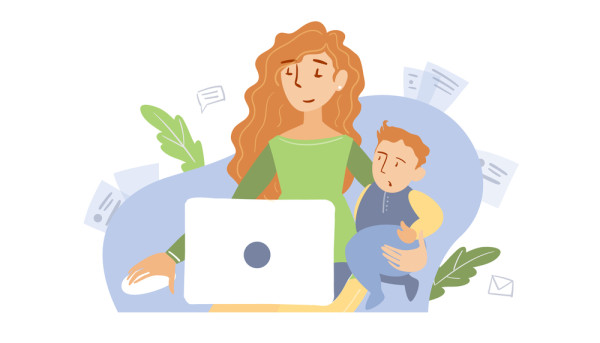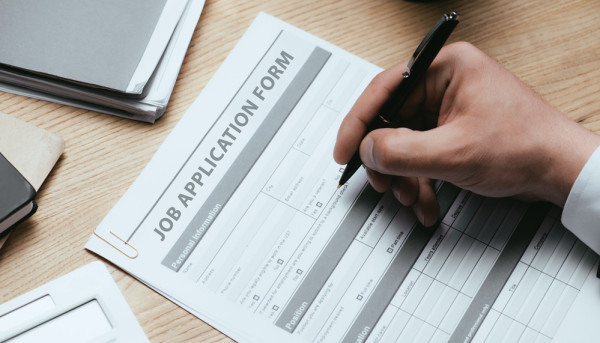Work-Life Balance - Strategies for Managing Professional and Personal Life
Work-life balance refers to striking a healthy equilibrium between professional and personal responsibilities in life, which will lead to improved health, stronger relationships and greater fulfillment in one's work life.
Many employees struggle to strike a balance between work and life. Luckily, there are many strategies available for encouraging balance within the workplace.
1. Prioritize Your Needs
Prioritizing work-life balance is crucial to maintaining both physical and mental wellbeing, while helping you become more productive at work and avoid burnout.
Work responsibilities can encroach on personal time if no boundaries are in place to manage them. To meet your needs more effectively, identify what matters to you - whether that be spending time with family, pursuing an activity you love, or developing professionally.
Once you've identified your priorities, set aside time in your schedule to pursue them. This could involve setting aside one or more blocks each week dedicated to health, hobbies or family. While new habits may take some time to develop, over time they will make a significant difference. It is also helpful to seek and accept support from loved ones who care for you.
2. Set Boundaries
No matter how dedicated you may be to your work, it's essential that your personal life be prioritized in order to remain balanced and content. This involves setting clear boundaries and communicating them to your bosses and coworkers.
Example: Checking work email after office hours or being available on Slack at all times should not be encouraged. Furthermore, setting and adhering to a sleep schedule are also key aspects of staying productive and healthy.
Effectively communicating your boundaries can help prevent misunderstandings and foster mutual respect from others. You should feel free to be assertive when asking for time off or setting priorities; but always remain flexible enough to adjust them when necessary - for instance if work is interfering with family and social life you may need to seek new positions.
3. Delegate
An increased responsibility at work can often be blamed for an unhealthy work-life balance. Juggling new clients, expanding companies and ever increasing deadlines can be challenging; so is finding time for yourself and family!
Delegation often becomes necessary in such circumstances. Delegating tasks and responsibilities empowers team members, develops leaders within their firm and fosters collaboration within it.
However, it is essential that only tasks that your team member can successfully carry out should be delegated. For instance, providing performance feedback should remain a leader's responsibility while data entry or scheduling meetings might better suited to someone on your team. Doing this ensures the task gets completed accurately while also giving leaders time to prioritise professional and personal responsibilities more easily; creating an ideal work-life balance will only benefit everyone involved in the long run.
4. Take a Break
If you work from home, one way to create clear boundaries between personal and professional lives is by setting aside a specific time for you to switch off the computer at the end of each day - this will help relax and unwind after long days at the office.
Small breaks during projects can help improve your ability to focus when returning to them. Consider choosing break activities that engage different areas of the brain - for instance, if your project requires logic and language processing skills, switch it up by engaging in more visual or creative pursuits like drawing or doodling!
Encourage your team to take short breaks throughout the day to maintain focus and reduce stress, perhaps with activities such as walking meetings to increase physical wellbeing.
5. Take Care of Yourself
Studies show that long work hours do not necessarily correlate to increased productivity; once an excess number of hours have been exceeded, quality suffers significantly. Clocking out for the day and leaving work behind are crucial aspects of work-life balance.
As part of an overall healthy and fulfilling lifestyle, taking time out for meals that nourish our bodies, physical exercise and proper rest are integral parts of wellbeing. Furthermore, maintaining relationships with loved ones and engaging in activities that bring joy are equally essential parts of health and well-being.
Accomplishing work-life equilibrium may seem an impossible feat, but with proper strategies and support it's achievable. If you are having difficulty, do not hesitate to seek professional assistance from counselors or support groups for guidance and help.











